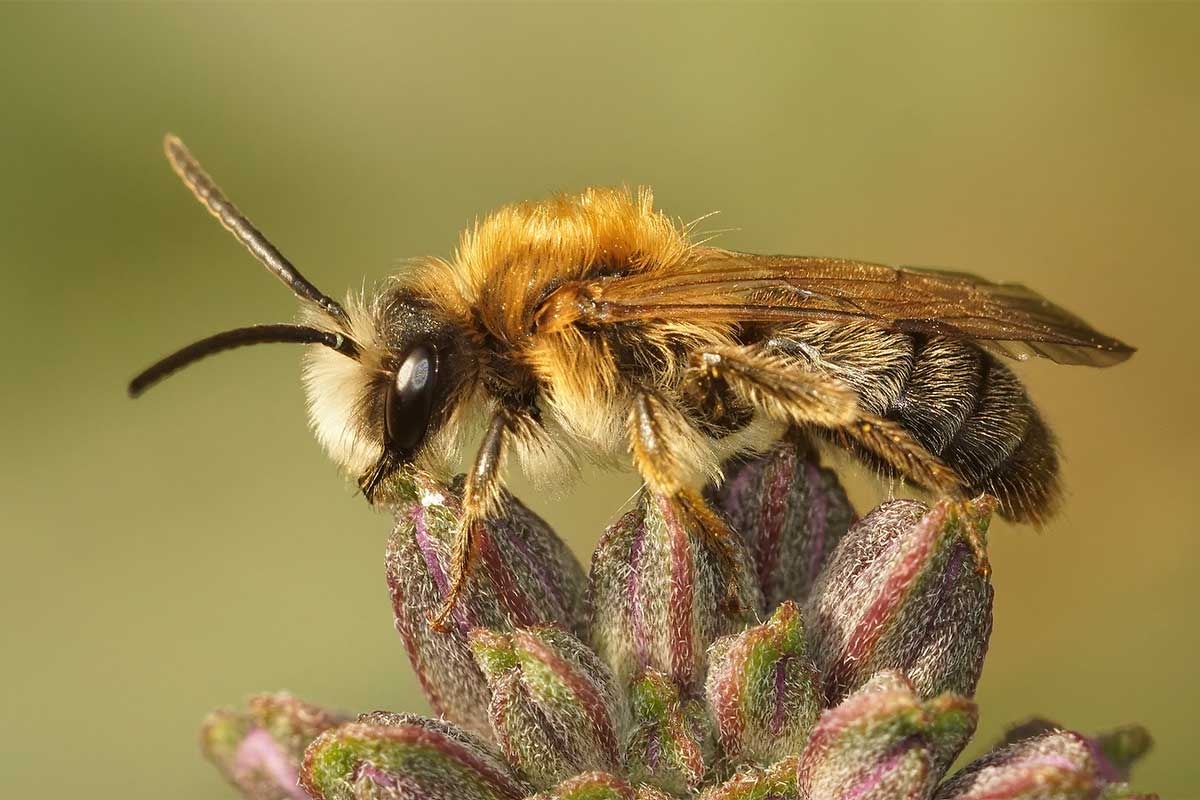”No Mow May ” is a growing movement that encourages homeowners to let their lawns grow wild for the month.This allows wildflowers and other beneficial plants to bloom, providing crucial food and habitat for early-season pollinators like bees and butterflies emerging from winter. By skipping mowing, you contribute to local biodiversity and support these important creatures at a time when floral resources might be scarce.
According to the Xerces Society, typical lawn weeds may not be best for bees. You can go beyond cutting back on mowing by changing your lawn to include more flowering species. A “bee lawn” may include white clover (Trifolium repens) and other low-growing flowering plants such as creeping thyme (Thymus spp.), selfheal (Prunella vulgaris), and others. Some plants, such as native violets (Viola spp.), may already be present and should be encouraged as they are valuable host plants for butterflies.
There are also side benefits to no, or low, mowing in spring, like saving water and increasing drought tolerance, reducing air and noise pollution from gas-powered lawn mowers, and better conditions for other invertebrates like lacewings and fireflies that like longer grass.
Find more information about this practice HERE
